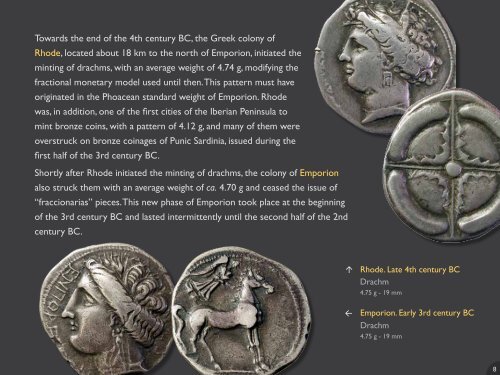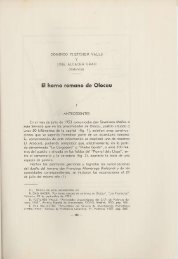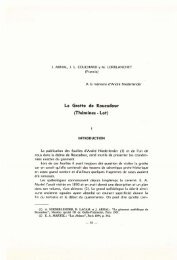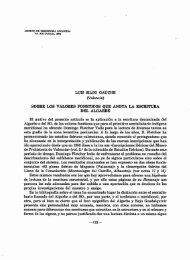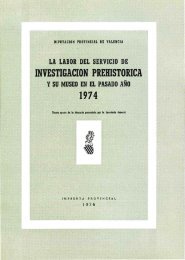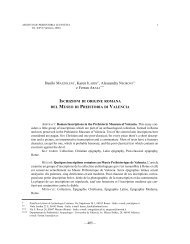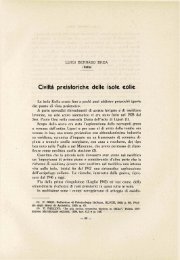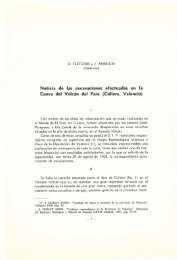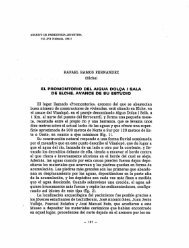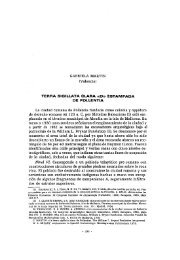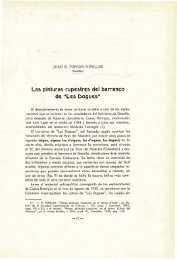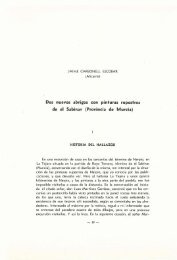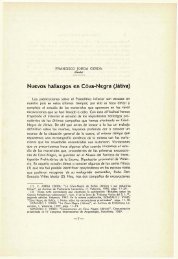Ancient Iberian Coinage - Museo Prehistoria
Ancient Iberian Coinage - Museo Prehistoria
Ancient Iberian Coinage - Museo Prehistoria
You also want an ePaper? Increase the reach of your titles
YUMPU automatically turns print PDFs into web optimized ePapers that Google loves.
Towards the end of the 4th century BC, the Greek colony of<br />
Rhode, located about 18 km to the north of Emporion, initiated the<br />
minting of drachms, with an average weight of 4.74 g, modifying the<br />
fractional monetary model used until then. This pattern must have<br />
originated in the Phoacean standard weight of Emporion. Rhode<br />
was, in addition, one of the first cities of the <strong>Iberian</strong> Peninsula to<br />
mint bronze coins, with a pattern of 4.12 g, and many of them were<br />
overstruck on bronze coinages of Punic Sardinia, issued during the<br />
first half of the 3rd century BC.<br />
Shortly after Rhode initiated the minting of drachms, the colony of Emporion<br />
also struck them with an average weight of ca. 4.70 g and ceased the issue of<br />
“fraccionarias” pieces. This new phase of Emporion took place at the beginning<br />
of the 3rd century BC and lasted intermittently until the second half of the 2nd<br />
century BC.<br />
←<br />
←<br />
Rhode. Late 4th century BC<br />
Drachm<br />
4.75 g - 19 mm<br />
Emporion. Early 3rd century BC<br />
Drachm<br />
4.75 g - 19 mm<br />
8


